The Allure of Outdoor Kitchens
The Rise of Outdoor Living Spaces
Outdoor kitchens have quickly become a staple in modern homes. These versatile spaces offer more than just cooking areas; they represent a lifestyle shift, blending the comfort of indoor living with the enjoyment of nature. Outdoor kitchens enhance the home by offering a place to entertain, relax, and cook in an open-air environment, connecting families and friends to nature while still being functional and stylish.
Why Seasonal Outdoor Kitchens Are Unique
Seasonal outdoor kitchens are designed to adapt with the changing weather, ensuring that they remain practical all year round. Whether it’s a summer BBQ or a winter warm-up meal, these kitchens offer functionality and comfort no matter the season. The key is in selecting the right materials, appliances, and features that enable them to transition with ease across seasons.
Planning Your Seasonal Outdoor Kitchen
Assessing Your Needs and Space
Identifying Usage Patterns
The first step in creating the perfect outdoor kitchen is understanding how often and for what purpose you will use it. Are you planning to host regular gatherings, or do you prefer quiet, intimate dinners? Identifying these patterns will help guide decisions on the size and features you need.
- Determine frequency: Will it be used daily, weekly, or only for special occasions?
- Event needs: Do you plan to host large parties or smaller family meals?
- Consider specific features for seasonal meals like a smoker for fall or pizza oven for summer.
Evaluating Available Space
Once you know your needs, assess the space available in your backyard, patio, or deck. You may need to maximize a small area or build on a larger space.
- Measure the area and plan for adequate flow between cooking, prepping, and dining zones.
- Consider outdoor kitchens that fit into existing landscaping or those that add to the aesthetics of the garden.
Seasonal Considerations
Adapting to Weather Changes
Seasonal kitchens must account for a wide range of weather conditions. Whether it’s protecting against summer heat or winter chills, proper planning can ensure your kitchen is comfortable and functional no matter the season.
- Use retractable awnings or pergolas to provide shade during the hot summer months.
- Install outdoor heaters or a built-in fireplace for colder climates.
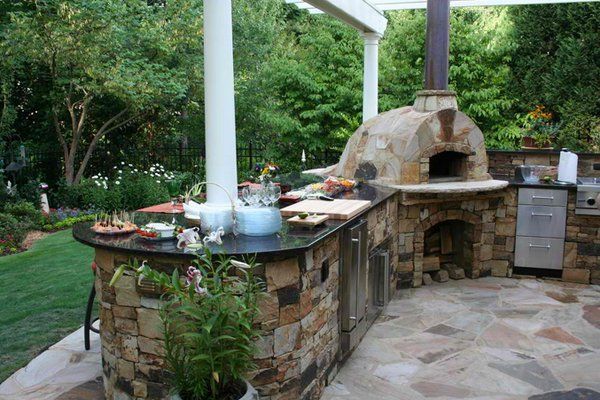
Durability of Materials
The materials you choose will determine how long your outdoor kitchen lasts. High-quality, weather-resistant materials are essential for surviving various weather conditions.
- Opt for stone, stainless steel, and concrete surfaces that can withstand moisture and extreme temperatures.
- Choose rust-proof appliances and furniture that can handle constant exposure to sun, rain, or snow.
Design Elements of a Seasonal Outdoor Kitchen
Layout Options
The Basics of Outdoor Kitchen Zones
For a functional outdoor kitchen, it’s essential to organize the space into distinct zones. A well-designed layout promotes efficiency and allows multiple tasks to occur simultaneously.
- Cooking Zone: Grills, smokers, and ovens should be located in the center of the space.
- Prep Zone: Ensure countertops, cutting boards, and storage are nearby for easy access.
- Dining and Social Zone: Position seating areas like tables and benches to foster interaction.
Space-Saving Layouts for Smaller Areas
Even small outdoor spaces can host an efficient kitchen. Compact layouts ensure you maximize functionality without overcrowding.
- Opt for L-shaped or linear designs that make use of limited space.
- Consider mobile carts or bar areas that can be moved around to adjust the layout for different needs.
Appliance Selection
Must-Have Features for All Seasons
An outdoor kitchen’s appliances should serve various purposes throughout the year. From grills to refrigerators, it’s crucial to select appliances that are weatherproof and versatile.
- Grills: Choose from gas, charcoal, or hybrid grills that can handle everything from quick grilling to slow smoking.
- Refrigerators and Ice Makers: Select weatherproof models to store food and drinks, keeping them cool in hot weather.
Seasonal-Specific Additions
Seasonal kitchens should come equipped with extras that enhance functionality during different times of the year.
- Outdoor heaters for winter use, keeping your guests warm.
- Misting systems or outdoor fans that cool the air during hot summer months.
Blending Nature and Functionality
Integrating Greenery
Natural Aesthetic Enhancements
A great outdoor kitchen seamlessly blends with the environment. Using natural elements like wood, stone, and plants creates a harmonious, organic feel that complements the cooking space.
- Use natural stone for countertops and pathways to tie the kitchen into the surrounding garden.
- Include vertical gardens or edible plants to incorporate greenery in a functional way.
Practical Benefits of Green Features
Greenery offers more than just aesthetic appeal; it can improve the outdoor kitchen’s functionality as well.
- Trees and vines provide shade, making the kitchen more comfortable in the summer.
- Plant herbs and vegetables nearby to enhance cooking and minimize trips inside.
Sustainable Outdoor Kitchens
Eco-Friendly Materials and Appliances
Sustainability should be at the core of every outdoor kitchen. From using recycled materials to selecting energy-efficient appliances, these kitchens can help reduce environmental impact.
- Use reclaimed wood for cabinetry or countertops.
- Opt for solar-powered lighting and energy-efficient grills.
Rainwater Harvesting Systems
Consider incorporating a rainwater collection system to reduce water consumption. This system can be used to irrigate plants or wash kitchen tools, helping create a more self-sufficient space.
- Install rain barrels or a larger water collection system that feeds into an irrigation system.
- Reduce your overall water usage, making the outdoor kitchen both functional and eco-friendly.
Seasonal Adaptability: Enhancements for Every Climate
Spring and Summer Adjustments
Cooling and Shading Options
For those hot, sunny days, cooling mechanisms can transform your outdoor kitchen into an inviting, comfortable place to cook and gather.
- Install retractable awnings or large umbrellas over dining and cooking areas.
- Ceiling fans or misting systems help to cool down the space.
Entertaining Features for Warm Weather
Summer means outdoor parties, and your kitchen should be ready for entertaining guests.
- Add a wet bar or cocktail station for drinks and socializing.
- Install an outdoor sound system for music during events.
Fall and Winter Transformations
Heating and Insulation
When temperatures drop, your outdoor kitchen should still feel inviting. Adding heat sources and insulating materials helps keep the space usable.
- Use infrared heaters, fire pits, or built-in fireplaces to provide warmth during colder months.
- Insulated covers for furniture and appliances protect against the winter elements.
Creating Cozy Atmospheres
During fall and winter, create a warm, cozy vibe with a few thoughtful additions.
- Add string lights, lanterns, or candles to create a soft, welcoming glow.
- Incorporate blankets, cushions, and throws to make the space comfortable for chilly nights.
Conclusion: Enhancing Lifestyle Through Seasonal Outdoor Kitchens
A seasonal outdoor kitchen not only serves as a functional space for cooking and entertaining but also enhances the lifestyle of those who use it. By blending thoughtful design with natural elements and durable, weather-resistant materials, it becomes a hub for relaxation and connection with nature. With the right preparation, your outdoor kitchen can transition effortlessly through the seasons, making it a year-round delight.

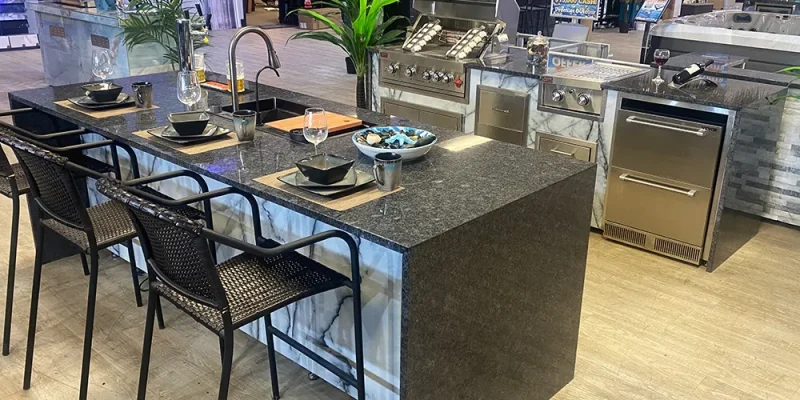
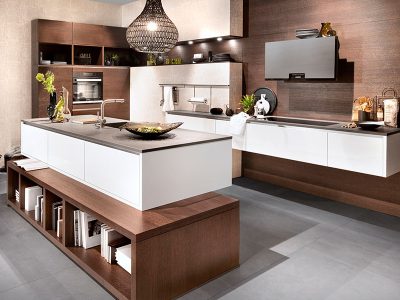
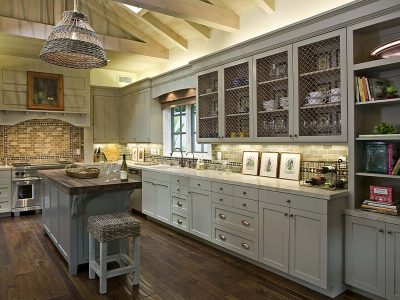
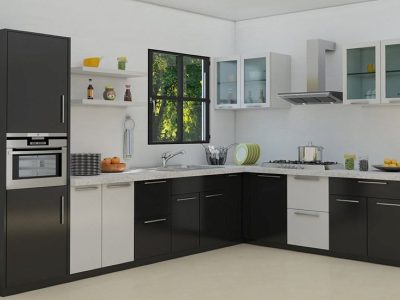
Comments